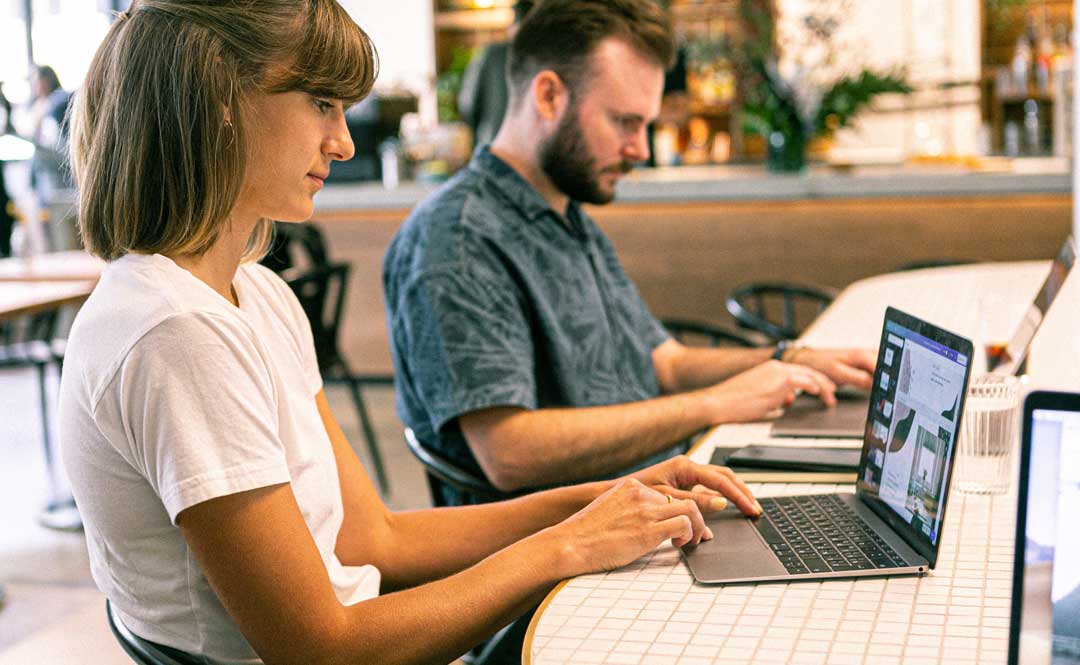How to Improve Industrial Designs Nowadays
The job of an industrial designer is a challenging and exciting one. They are at the forefront of many consumer and productivity-based products vital for many industries. A competent industrial designer must adapt to the changing times in designing, drafting, refining, and testing.
Every product on the market started with a concept. Whether it’s a piece of furniture, equipment, or an automobile, design lies at the center of everything we see, handle, and utilize. Designers must remain at the forefront of every new trend driving the industry in this age of intelligent technology and intelligent clients.
These are the driving factors that influence the development of industrial designs:

#1. Sustainable Designs
Driven by the demand for green designs in products and construction, most of the driving force in the industry right now is all about sustainability. People are becoming increasingly aware of how their actions impact the environment, resulting in a more responsible type of consumerism. This trend is now the focal point of many designs.
The demand for sustainable materials has increased, as observed in recent years. The results of various experimentations have been creative thus far. There are now studies for using plant-based plastic to answer waste management issues and many more fantastic developments.
#2. Consumer Psychology
Consumer behavior is unpredictable since there are a hundred goods to select from in any category nowadays. The only method of selling is to draw attention by providing innovative designs that will win the customers.
A practical, appealing design enables an expression of the user’s personality to captivate them. No matter how groundbreaking technology is, it must match their style. This element is the most crucial aspect in convincing them to purchase it. A product’s design must elicit a certain feeling in its intended audience that creates a relatable sensation.
#3. Better Energy Efficient Designs
People now recognize the harm they are causing to the planet’s resources, and energy-efficient goods are the only ones that will last into the future. Producers are becoming more cautious about energy usage during manufacturing. Consumers are becoming more conscious or aware of their carbon footprint, and, of course, electricity bills are becoming more expensive.
Before purchasing anything, today’s tech-savvy and well-informed customer does thorough product research and benefit analysis, considering long-term power savings. Today, energy-efficient heating, lighting, and cooling are the standard. To maintain any credibility with conscientious customers, industrial designers must produce energy-efficient designs.
#4. Computer-Aided Engineering (CAE)
CAE is a technique that allows designers to digitally model and refine their designs to ease testing and development. CAE was formerly exclusively available to large-budget firms like automotive and aviation, but it is now widely available or accessible to small and medium-sized businesses.
This technology aids in the creation of better, more efficient, error-free designs at a fraction of the time and expense, allowing for more straightforward verification, testing, and prototyping. One of the most effective methods for designers to generate better designs faster is to use CAE.
#5. Better Safety Designs
People are starting to examine the strength of the materials that we have today that could endure the forces of nature. Due to the demand, many designers struggle to make designs that could cope with these events becoming more prevalent in the future.
To adapt to the needs of the current times, industrial designers are making strides in finding and manufacturing new materials for structures and products. There are now companies weaving plastics to produce textiles, engineered bamboo as a sustainable alternative for building materials, and bioluminescent fungi in concrete that would give light during the nighttime.
Since buildings are the focus of most designers because it is a primary need for survival, many focus more on making them safe. The best example of this case is the installation of access doors and panels for more efficient and safe maintenance or installation purposes.
#6. Big Data
These gadgets will, predictably, send vast volumes of data, which is fantastic news for designers. Previously, designers could only discover many problems after the launch of the product for public usage. They need to obtain any product input through meetings and conversations with consumers, which are time-consuming tasks whenever manually done.
With the Internet of Things (IoT) capabilities, goods can now collect and communicate user data to engineers. They may discover how customers use their interests, which features are the most popular, which areas cause annoyance, and which aspects people disregard entirely. Designers may use all of this information to make suitable modifications and enhancements to their designs.
#7. Virtual Reality (VR) and Augmented Reality (AR)
Designers have had a variety of complex tools to assist them in the design process, ranging from the ever-reliable pen and paper through CAD and Sketch. As new and valuable technologies revolutionize the planning process, things are going to get even more enjoyable. Some of the latest digital reactive design tools are Google Material Design, Figma, and Subform.
Virtual Reality (VR) and Augmented Reality (AR) are two more cutting-edge technologies with significant design implications. Designers may better imagine the utilization of their product by various sorts of people by using virtual reality. For example, they can visualize how someone with a handicap or poor vision may utilize their product.
The designs that people see today will continue to change, adapt and evolve. Various elements will influence this progress, and things will only get better. Consulting a reputable licensed professional about the latest developments will significantly benefit your future projects if you ever decide to invest in such an endeavor.
Recent Comments